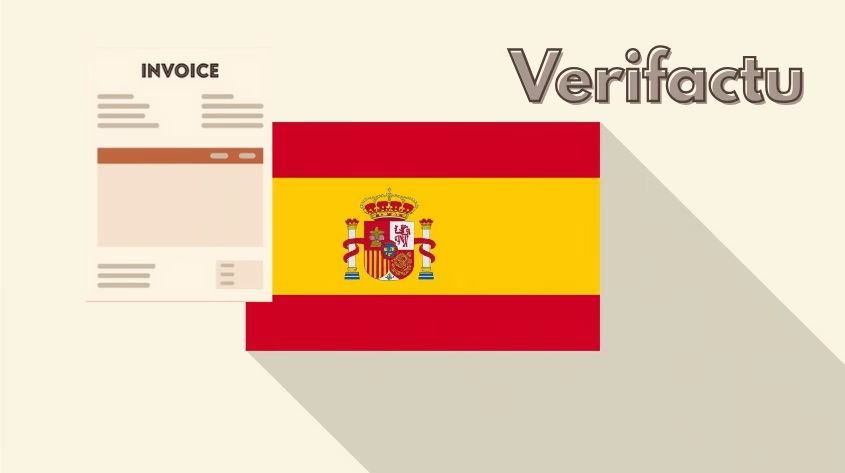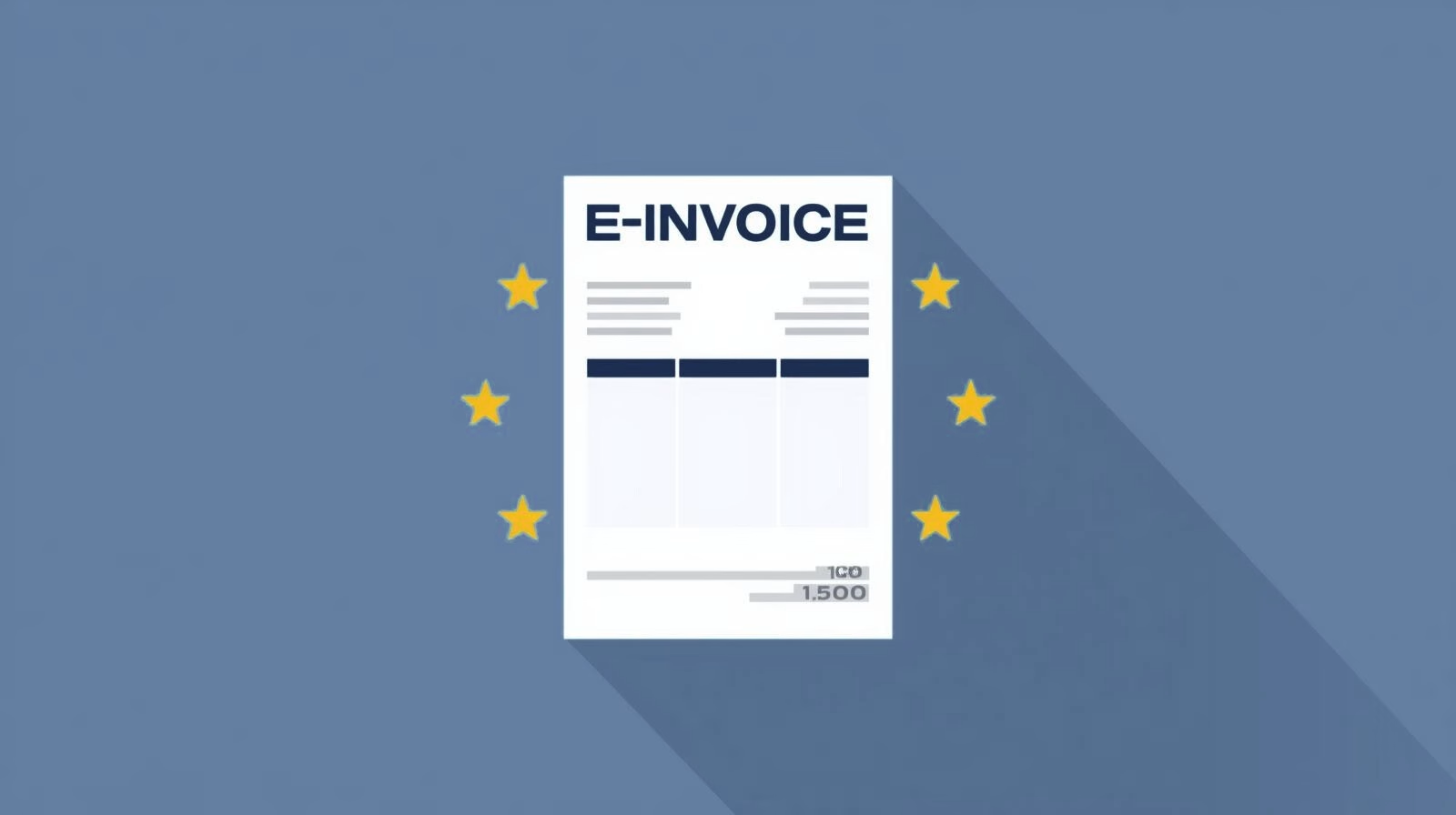Current assets include assets of a company that are available or consumable in the short term. In SAP Business One, the type of inventory management in particular is decisive for the exact mapping of current assets in the balance sheet.

Detailed explanation/description:
Current assets are that part of total assets that does not remain in the company permanently, but is realised, processed or liquidated in the short term. These include inventories in particular, requirementscash and cash equivalents and current securities.
In SAP Business One, current assets are managed centrally with the warehouse and Stock assessment linked. The type of inventory management has a significant influence on the recognition and presentation of current assets:
1. continuous inventory management:
- Of the Cost of goods sold is automatically booked on delivery to customers.
- The items remain in the warehouse until delivery. Stock account (part of current assets).
- The system automatically books to a Inventory account and a Incoming goods clearing account (WeRe) for incoming goods and returns.
- The balance sheet shows the current inventory value based on the selected valuation methods (e.g. FIFO, Moving averagestandard costs).
- The balance of the WeRe account shows open goods receipts and returns.
2. without continuous inventory management:
- All purchases of goods are recognised directly as Cost of goods sold booked - regardless of whether the items are still in the warehouse.
- That Stock account is only adjusted manually at the end of the year by stocktaking.
- This can lead to a temporarily distorted presentation of the operating result and is not recommended for stock-intensive companies.
Versino Financial Suite
the Versino Financial Suite enhances SAP Business One's financial management of current assets with improved analyses, automation and clear cockpits for more efficient and transparent management of all short and medium-term assets.
Components of current assets in accordance with section 266 HGB:
- Supplies: Raw materials, consumables and supplies, merchandise, work in progress and finished goods, advance payments
- Receivables: Trade receivables, receivables from affiliated companies, other receivables
- Securities: Current financial assets
- Cash and cash equivalents: Cash on hand, bank balances, Bundesbank balances, cheques
Current assets in the balance sheet analysis:
- circulation intensity: Current assets / total assets
- Asset intensity: Fixed assets / current assets
- Working capital: Current assets - current liabilities
- Net working capital: Share of funds available at short notice for operational processes
Key features/important aspects:
- Short-term availability
- Accuracy of the display depends on the inventory management type
- Automated postings when using continuous inventory management
Best practices/instructions for use (optional):
- Recommendation: Use continuous inventory management for better transparency
- Regular reconciliation of stock values with accounting data
Target group:
Financial accountants, controllers, warehouse managers, management

Verifactu in Spain: the new invoicing obligation

The e-invoicing regulations in Europe

Versino Financial Suite V09.2025 for SAP Business One

Accounting outsourcing: Why it pays off for SMEs

CANDIS for SAP Business One
